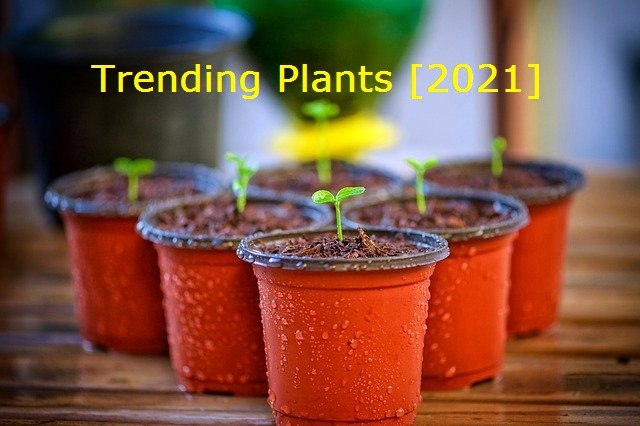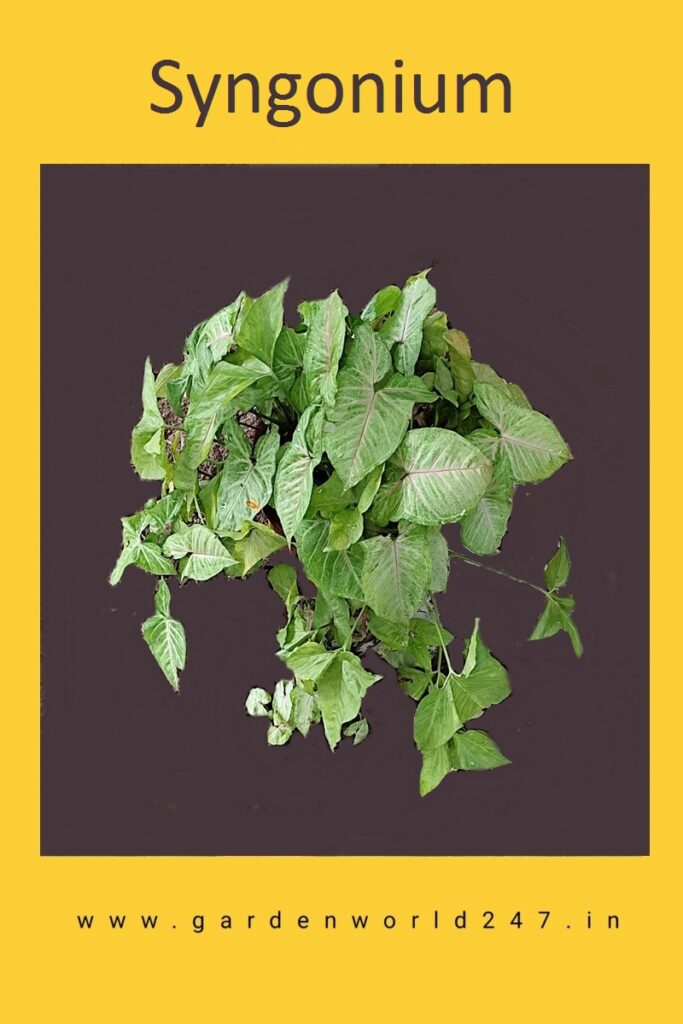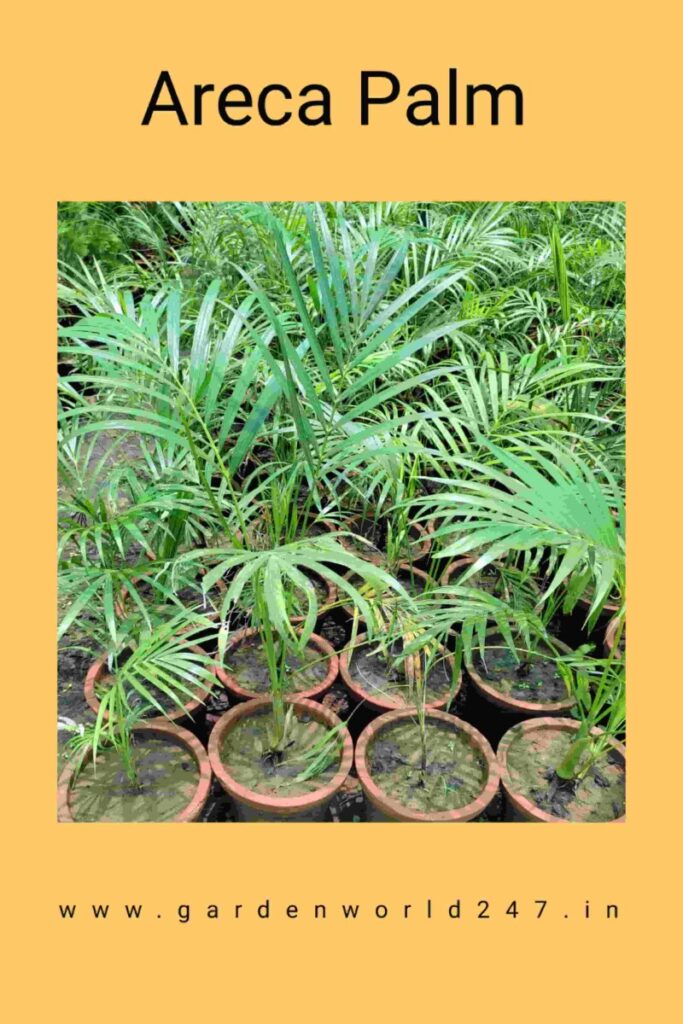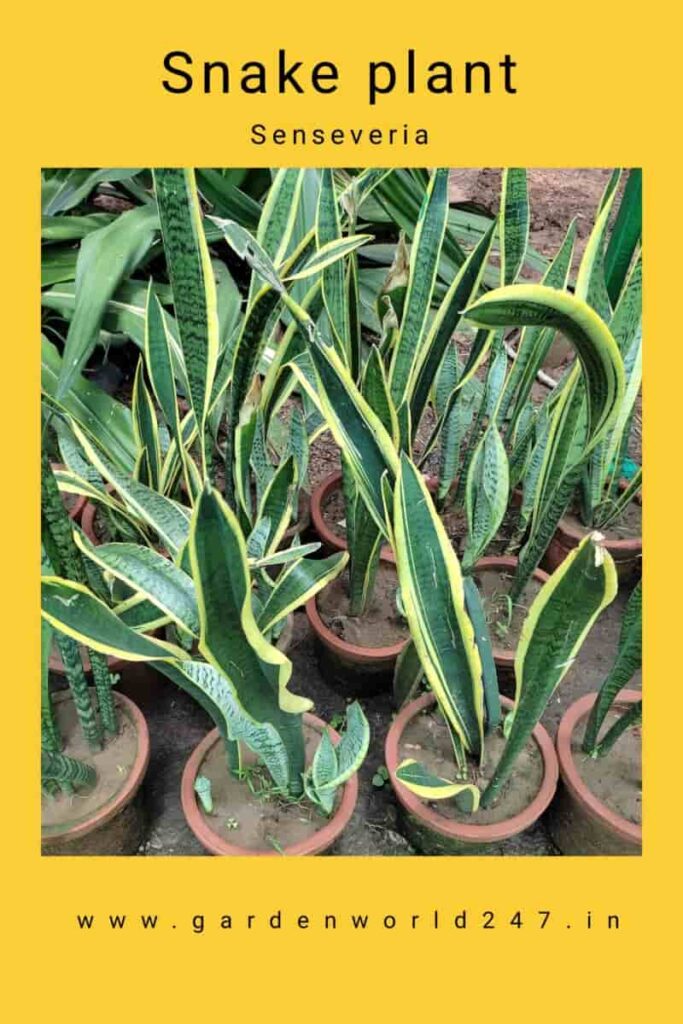
If you are a newbie gardener or an experienced gardener it’s good to know about the top trending plants for indoor gardening at your office and home. Gardening is the best exercise to do, regular practice may benefit your health too. Hence you can maintain sensitive Or tender house plants in indoor gardening.
Which also fully fills your home with green scape.
You don”t need to find where to go or how to select or identify indoor plants for your home, It made it easy here.
Now in the below article, you will find the best plants for indoor gardening lovers.
how to select top trending plants in 2021 for your home.
Now before selecting indoor plants you need to keep something / key factors in mind. Below are some suggestions.
Type of stuff to bear the plants in -Do you want to keep plants in pots, hanging baskets, or in a vertical ready-made wall.
Or you can arrange plants in decorated stands also.
Purpose -On what purpose did you put the plants in. Some arrange to increase the aesthetic value of the home, it’s good.
But it’s good to keep plants that clean the air around you and give a home an ambient atmosphere.
Toxicity of the plant -Some plant leaves or parts of their body are toxic.
In that case, you have to be careful when there are children or pets around in your home.
Plant care -Before arranging the indoor garden around you calculate the time you can spare for this gardening.
It’ll decide the size of your garden and how much you’re going to expand.
Space allotment and size of plants -Plant size matters as you are going to build an indoor garden.
This means where you are going to put your plants.
Ex. a small plant can be put on the desk, potted, and container needed plants in the gallery/ balcony.
Exposure to light -It’s the main and not avoidable factor for indoor gardening.
Light exposure matters a lot.
Calculate the actual sunlight hour in your space before selecting the plants.
Where you are going to arrange your indoor plants?
An improper selection of the plants as per your sunlight condition may occur in poor growth of the plants.
So choose wisely.
Table of Contents
Below are the six most trending plants for houses
1. Monstera (creeper)
We saw a trend of indoor plants from Mother in Law’s tongue to Aeralias to Monstera (Aka ‘Swiss cheese plant’).
Here we know about Statement-making plants Monstera. Nowadays it’s of the best trending plants for houses.
‘Monstera deliciosa‘ is an Araceae Family tropical plant, It is also known as a ‘swiss cheese plant.
Because plant leaves have eyes-like holes that resemble holes in some swiss type cheese.

This Monstera plant also gets confused with Philodendron bipinnatifidum ( Thaumatophyllum bipinnatifidum) but It’s a different plant.
Monstera is an epiphyte plant that bears aerial roots and can grow 17-18 feet tall in wild forest habitats.
As they grow very tall, they can grow 2 to 3 meters in height if planted indoors.
Perforated leaves are very large by 20- 80 Cm long (Approx).
As compared to other indoor plants its roots grow more in time so the root ball gets dense.
So You need to do repotting on time with the change of pot size to larger than the old pot.
They also need moss stick support for better standing in pots.
Because in a natural habitat they as epiphytes grow on woody trees And start to grow upwards chasing the light, creeping up the tree as support.
As this plant grows on trunks of trees they get filtered sunlight through it.
Hence they naturally love a semi-shade atmosphere, where the hard sun may burn their leaves.
Regular shallow watering is good for the plant except for winter and monsoon.
You can understand how this is a large house plant compared to other plants here.
2. Syngonium (arrowhead plant)
Syngonium is an Araceae family plant, Native to tropical rain forests in southern Mexico, the west indies, and Central and Southern America.
It’s a good leafy creeper. You can try it on walls or any structure and plant it in a pot also.

Leaves come in a heart shape.
When a plant is grown as an indoor specimen the leaves are most often variegated green with white.
It’s a woody vine.
It’s an excellent houseplant. Nowadays after awareness that it also survives ‘in house’ well for home, it also falls in a trending plants category.
Toxicity– Seek urgent medical attention if lips or tongue become swollen or if there is difficulty breathing or swallowing
It’s a shade lover plant, but the too-hard sun may damage leaves.
Watering on an alternate day is good, you can see a premature leaf fall on frequent overwatering.
Mostly seen pests are spider mites, mealybugs, aphids, and scale. you can prevent them by a spray of neem oil for an approx interval of 10-15 days.
3. Areca palm (a wise indoor plant)
This is the most commonly used well-known house plant, a good survivor in the homely atmosphere.
Nowadays this is among the best trending plants for houses.
Need less water and average indirect sunlight.
The areca palm otherwise referred to as butterfly palm, golden cane palm, bamboo palm, or its Latin name, Dypsis lutescens, may be a native of Madagascar.

Areca palms require bright, indirect light, but direct sunlight may burn the leaves.
Home temperatures between 17°C to 27°C are fine, but sudden temperature changes can cause damage to the leaves.
Indoors, expect this plant to be 6 to 10 feet (2 to three meters) tall.
Situations that kill this plant are over-watering and/or not providing drainage.
Plant in well-draining potting soil, during a pot with drainage holes.
Allow the highest of the soil to dry out between waterings, and waterless often during the winter months.
It is slow-growing and prefers to be somewhat root-bound, so it should only require repotting every year.
Repot during the spring and a pot 2-4 inches wider than the present pot.
If you’d wish to help your palm grow faster, you’ll feed it a diluted water-soluble fertilizer monthly during the spring and summer growing seasons.
4. Spathiphyllum (peace lily)
It’s number four on our list of trending plants. Native primarily to tropical rainforests of America, the spathiphyllum plant may be a vibrant and graceful perennial that adds life to any space.
The white blooms of the spathiphyllum generally appear within the spring as more of a modified leaf, a “bract,” than a multi-petaled flower.
Peace lilies are listed by the ASPCA together with the common houseplants that are poisonous to cats.

Among the trending plants listed here, This plant contains oxalates which may irritate an animal’s mouth and stomach.
If ingested it’s toxic to dogs.
The calcium oxalate crystals can cause an inflammatory reaction that ends up in swelling of the mouth, tongue, throat, and upper airway.
spathiphyllum care tips-
If you’re trying to find suggestions on the way to look after a spathiphyllum, you’ve come to the proper place.
Read on to seek out more about spathiphyllum care below.
Light: Peace lilies prefer light partial shade, and may tolerate fluorescent lights.
Some are known to thrive in rooms with no windows in the least.
Yellowing leaves indicate that the sunshine is just too strong, and brown leaves or streaks indicate scorching from direct sunlight.
Consider placing the plant six to eight feet far away from a north- or west-facing window.
Water: If you’re wondering how often to water a spathiphyllum, one tip is to wait for the plant to droop slightly before watering.
One of the good advantages of caring for the spathiphyllum is the incontrovertible fact that it sags a touch when it needs water, essentially telling you when it’s thirsty.
Generally, water a minimum of once every week and keep the soil moist. Throughout the summer season, spritz the leaves with soft or water.
Water your plant less in winter.
Temperatures: The spathiphyllum makes an excellent house plant because it thrives within the indoor temperatures most people enjoy.
It prefers a temperature range of 60-80°F and humid climates. Peace lilies cannot withstand cold drafts or temperatures below 44°F.
It’s best to stay indoors most of the year and display far away from any heating or cooling home appliances.
Pests and Problems: Compared to other indoor plants, the spathiphyllum is comparatively resistant to insects and diseases.
While they will get spider mites, aphids, and mealybugs, owners generally keep these pests in check with the regular wiping of the leaves.
For pest removal try recommended pesticides.
To avoid Brown leaves always check for over-watering, over-fertilizing, and absence of humidity. See your plant’s signals.
If leaves are browning at the rock bottom of the plant, it could just mean these older leaves can’t compete with the sooner-growing younger leaves.
5. Snake plant (very less maintenance indoor plant)
This is among less maintenance trending plants for houses.
And a very good tolerant plant.
If sometimes by a week or some days you do not pay attention to them still they grow very well and survive in good health.
As a good indoor plant, it also cleans the air of the home, as per NASA it also removes formaldehyde and benzene.

They survive low lights and some drought levels and have not too many insect problems with them.
If you find some brown dying leaves from the top you can drench the plant with fungicides to avoid such problems.
Mancozeb or carbendazim, approx solution measurements can be 2 gram/Litre water).
Propagation can be done by plant cuttings that need well-drained soil.
Another variety of Snake plant
There are lots of species of snake plants available but the most commonly used and famous house plant is sansevieria trifasciata.
Some other useful varieties areas below you can use:-
Sansevieria ‘Golden Hahnii’
Cylindrical snake plant, Sansevieria cylindrical
Sansevieria trifasciata ‘Twist’
White Snake Plant, Sansevieria trifasciata ‘Bantel’s Sensation’
It’s among the best sturdy, hard to die, less water, fewer nutrient requirements trending plants
6. Money plant (golden or variegated)
It is very famous in the whole of India and abroad as a house plant.
I think, Most commonly, it gets propagated from the cuttings with three to four inter-nodes.
One can plant it in a pot with a good soil mixture as well as in a flask or bottle with only water having some liquid fertilizers added.

Maintenance wise it’s easy among trending plants for houses.
Grows are good in both mediums but soils are all good sources for all plants, they flourish in soil awesome.
Watering – Four times a week in summer, Two times a week in winter, and during winter pots are in open spaces there is no need for watering.
Or pots on the Balcony having mist/drops of the rain plant will survive itself (if rain stretches for a week you can start watering it manually.
The plant is sensitive to the hard sun so be careful in summer.
The hard sun will burn the leaves by 30 to 50 % and in the case of new shoots/newborns leaves may completely get burned.
So it’s advisable to relocate it to a semi-shade area/place during summer.
If it’s not possible to relocate, water regularly/ daily water in the soil as well as spray-on leaves also to minimize the burns as low as possible.
After rotting is found in the plants you can try applying any good fungicides available in the market by drenching the application.
If you have this plant on the balcony during the monsoon, put it a little bit on the inner side of it to avoid continuous raindrops falling in it.
Because this may act as overwatering and the plant will start leaf fall.
You can trail this creeper on the door entry, balcony, Or sidewalls of the home by providing a supporting structure of bamboo, wire, or any iron grills/ bars.
In a big home or resort, you can create a gazebo and the roofs of it get covered with trailing Money plants.
If planted in a pot, leaf size gets limited to 2 to 3 inches wide whereas, plants sowed in the soil get wider leaves than pots larger by 4 inches and more.
General care for trending plants for home.
Semi shade is always the best location for a house plant, if possible.
If you have no arrangements for semi-shade i n your home then you can also put it in a full shade but you need to give all plants sunlight at least once a week.
For example, If you live in a flat you can put together all plants in sunlight -facing gallery for the whole day and then relocate them to their original place in the home.
And you are living in a house built on the floor, putting the plants in open sunlight for the whole day.
It’s always better to choose Sunday to do this practice.
This practice may save your plants from multiple plant problems like rotting, loose leaves, leaf burning/ curling, dying of plants, etc.
Gives all over good growth.
Until the upper layer of soil of the pot or container does not get dry, never water it. Or do not practice flooding of water in house plant care.
You may see sudden leaf fall, rotting of roots, and plants may die at the end.
Instead, practice shallow watering on alternate days. You can spray water on leaves.
Keep in mind that the plant root systems need moisture not flooding of water, so you need to maintain moisture in the soil.
The plant will flourish and will thank you.
And then the last but important problems are bugs and mites.
Do spray water often on leaves to avoid insect habitats.
If the problem persists you can practice some home remedy or Neem oil or and the last option can be insecticide.
Above are the best indoor trending plants.
These plants are on sale on Amazon. when you click the link below the plant picture
And can comment and email me with some special problems. If you find this article useful don’t forget to share and if you need more information on this subject do write to me.
What are your favorite houseplant trends for 2021? Please share with us on the Facebook page.
__________________________________________
There are affiliate links in the article.
